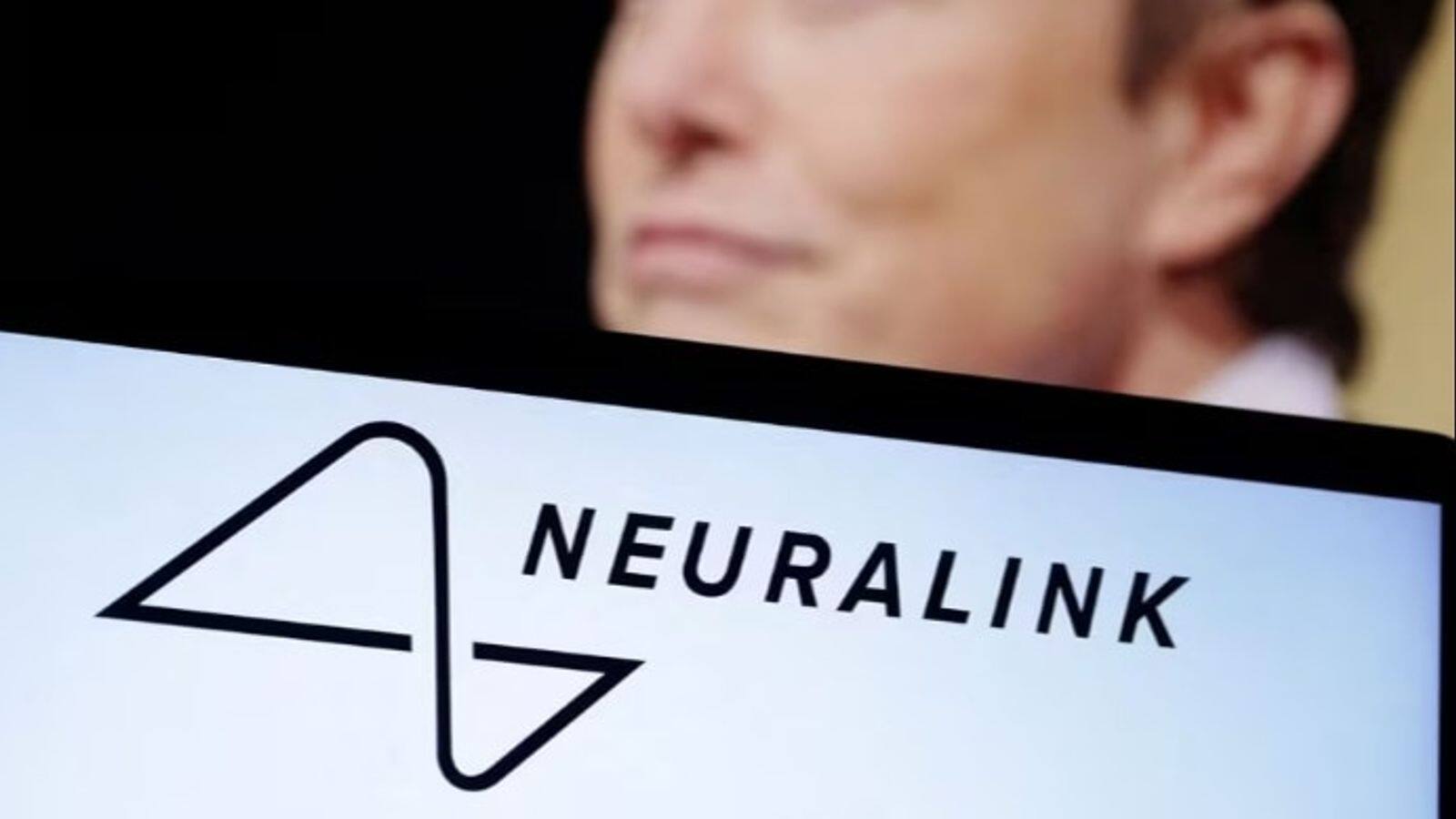
Quit Neuralink over safety concerns, says co-founder Dr. Benjamin Rapoport
What's the story
Dr. Benjamin Rapoport, a member of Elon Musk's brain implant venture, Neuralink, departed from the company in 2018.
Rapoport was part of the original team that established Neuralink in 2016, alongside Musk and other scientists.
The trained neurosurgeon recently appeared on an episode of the Wall Street Journal's podcast "The Future of Everything."
He said that his decision to leave was driven by concerns over safety.
New venture
Rapoport started his own venture in 2021
Following his departure from Neuralink, Rapoport established his own venture in the field of brain-computer interface (BCI), named Precision Neuroscience in 2021.
He has dedicated his career to transitioning neural interfaces from scientific research into practical medical applications.
Rapoport believes that safety is a crucial aspect when merging medicine and technology.
He stated, "For a medical device, safety often implies minimal invasiveness."
Worrying
Safety concerns over Neuralink's invasive techniques
Rapoport expressed concerns about Neuralink's use of penetrating microelectrodes, which could potentially cause some degree of brain damage during insertion.
He hinted at internal disagreements within the company regarding the level of invasiveness required for a BCI.
In contrast, his new venture, Precision Neuroscience, uses surface microelectrodes that simply cover the brain without piercing it.
This technique aims to collect rich data from the brain sans causing any harm.
Method
Precision Neuroscience's less invasive approach
Precision Neuroscience's method is less intrusive than Neuralink's.
Instead of removing a section of a patient's skull, it involves making a small cut in the scalp and inserting thin electrode films onto the brain surface, through an incision in the bone that is less than a millimeter thick.
Despite being established five years after Neuralink, Precision conducted its first human trials more than half a year before Musk's company did, suggesting potential benefits of its less invasive approach.